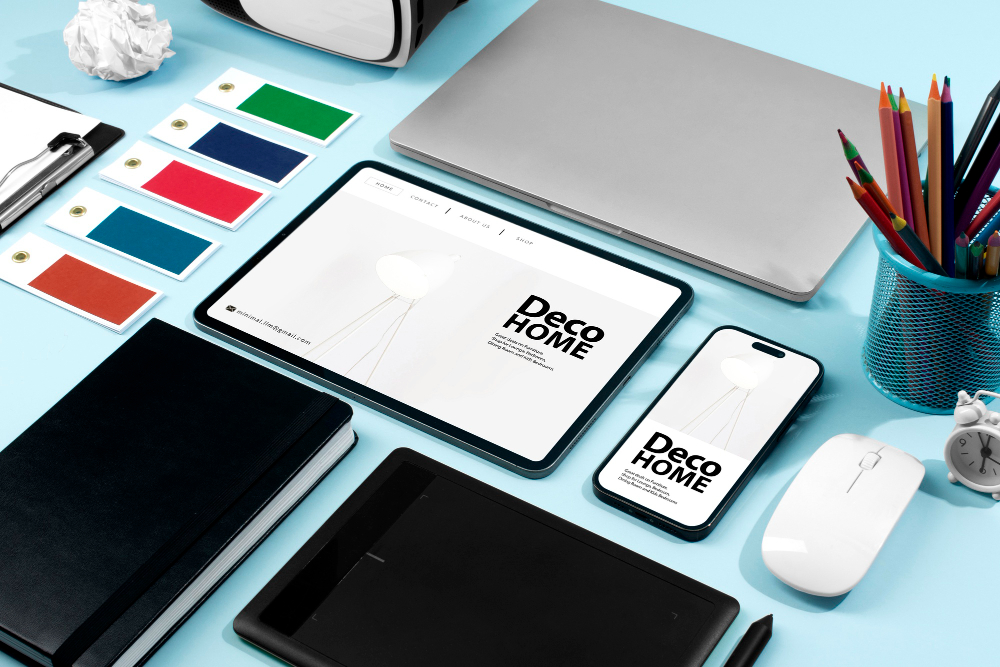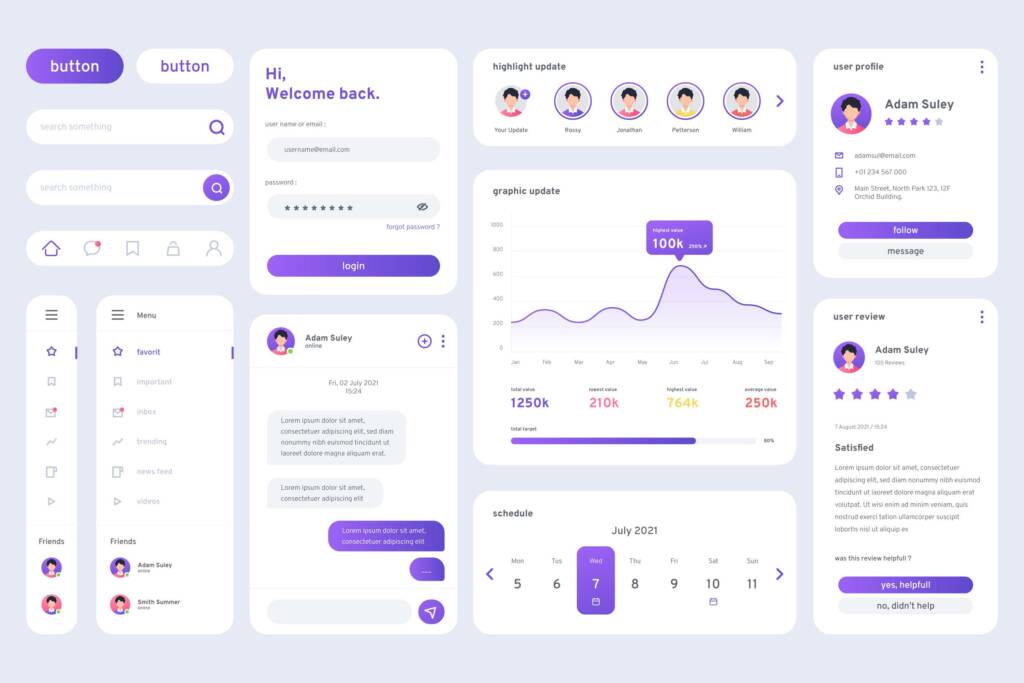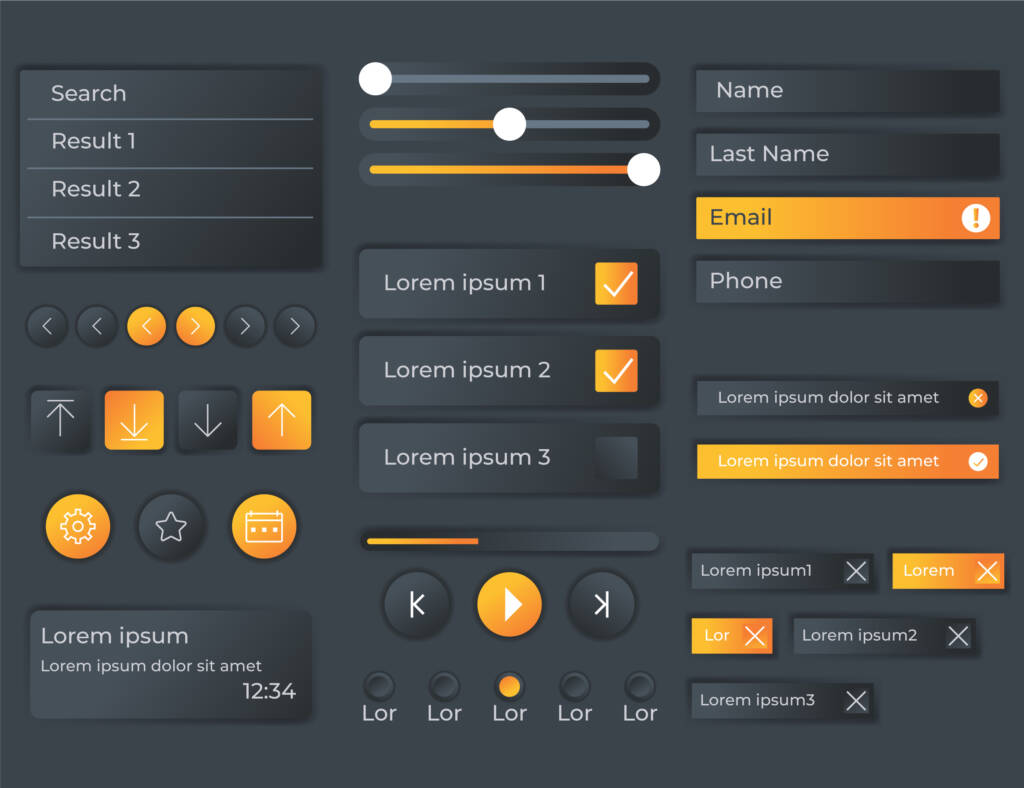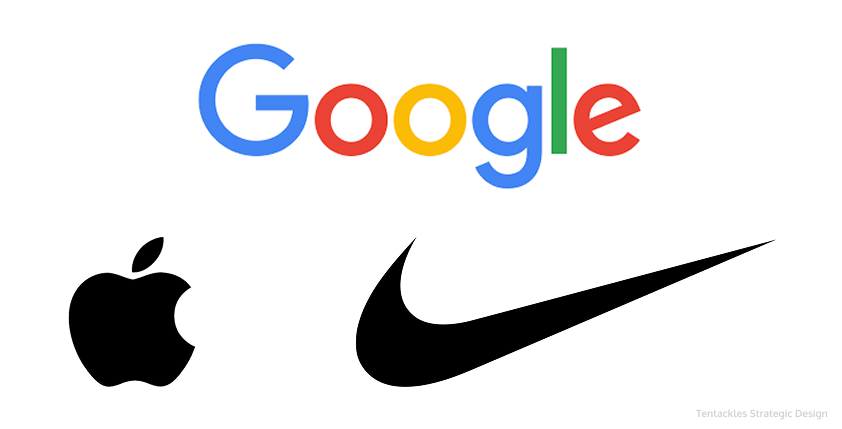Branding is your identity, voice, and promise to customers, while web development is how you bring that promise to life. Think of it like designing your dream home—branding is the blueprint that defines the style and purpose, and web development is the craftsmanship that makes every detail functional and inviting. Together, they create an experience that feels authentic and memorable, just like a well-built home makes you feel comfortable and welcome.
Your website isn’t just a digital billboard for your brand—it’s a living, breathing extension of it. A cohesive design, where branding seamlessly integrates with functionality, builds trust, engages users, and strengthens your online presence.
And that’s why it’s important to study this intersection and explore actionable strategies that align the two for maximum impact. Whether you’re a business owner looking to refine your website or a designer aiming to build better digital experiences, this guide is packed with insights to help you succeed.
Why Cohesive Design Matters
Cohesive design ties your visual identity, messaging, and functionality into a unified experience. It ensures that every element on your website—whether it’s a button, a banner, or a blog post—feels connected to your brand.
The Impact of Cohesion:

Builds Trust: Consistency in design signals professionalism and reliability.
A Stanford University study reveals that 75% of users judge a company’s credibility based on its website design.
Improves User Experience: A unified design makes navigation intuitive and content easier to digest.
Drives Engagement: Cohesion reduces friction, encouraging users to stay longer and interact more with your site.
Apple’s website is a masterclass in cohesive design. From its clean layout to its typography and imagery, every element reflects the brand’s focus on simplicity, innovation, and quality.
Now that we’ve explored why cohesion is crucial, let’s break down the elements that make cohesive design work in web development.
Brand Identity

Brand identity refers to the visual and conceptual representation of a brand. It encompasses elements such as logos, color palettes, typography, tone of voice, and imagery. A strong brand identity communicates the brand’s values, personality, and mission, fostering recognition and trust among its audience.
Elements of Cohesive Design in Web Development

Great branding doesn’t just look good—it works well, too. Here’s a breakdown of the elements that contribute to cohesive design:
1. Visual Identity
Your logo, typography, color scheme, and imagery should remain consistent across the website. For example, Coca-Cola’s website uses the same shade of red, curved typography, and nostalgic imagery as its ads and packaging. This reinforces the brand recognition.
2. Tone and Voice
The copy on your website should align with your brand’s personality. Mailchimp has got this right. They use friendly, conversational language on their website to support the brand’s creative and approachable image.
3. User Experience (UX)
A seamless UX design allows users to navigate your site effortlessly and find what they need without frustration. Take a look at Spotify’s clean navigation and personalized recommendations in line with their focus on user-centric design.
4. Mobile Responsiveness
With mobile users making up the majority of web traffic, ensuring a smooth and consistent experience across devices is non-negotiable. Starbucks excels here—their mobile-friendly site mirrors the branding of their app and in-store experience, making it seamless for users to engage with the brand on the go.
5. Performance and Speed
Slow-loading websites can tarnish even the best branding efforts. Google’s research in recent years reports that 53% of users abandon a site if it takes more than 3 seconds to load.
Think of speed as the foundation of your website. Even the most stunning design can’t save a site that takes too long to load. Amazon’s fast-loading pages are a prime example of how performance and branding work hand in hand to build trust and drive sales.
Understanding these elements sets the foundation for bridging branding and web development effectively.
Branding Meets Functionality: Bridging the Gap

To illustrate how branding and web development work together, let’s imagine a project for an organic skincare brand, “GreenGlow.”
The Branding Brief
GreenGlow’s branding emphasizes sustainability, purity, and simplicity. The logo features soft green tones, and their tagline reads, “Nature’s Care in Every Drop.” The goal is to translate these values into their website.
Collaboration in Action
Kickoff Meeting
- Designers present the brand’s visual guidelines—color palettes, typography, and imagery.
- Developers assess how these elements will work in the digital space, securing accessibility and functionality.
Wireframes and Prototypes
- Designers create wireframes with placeholders for eco-friendly imagery and content sections.
- Developers use these prototypes to plan responsive layouts and test features like product filters and checkout flows.
Implementation
- Developers implement animations, like a subtle leaf rustling effect when hovering over products.
- The team tests the site across devices to provide seamless performance.
Launch and Feedback
- User feedback highlights that the site feels intuitive and aligns with the brand’s sustainable mission.
Takeaway: Collaboration ensures that branding is more than skin-deep—it’s woven into the site’s very structure.
Strategies for Building a Cohesive Online Presence

Now that you’ve seen branding and web development collaboration in action, here are a few strategies to help you achieve maximum impact:
1. Start with Brand Guidelines
Define your visual identity, tone, and messaging before development begins.
2. Design for Accessibility
Inclusivity enhances your brand’s credibility. Use high-contrast text, keyboard navigation, and alt text for images.
3. Keep Design Elements Consistent
Use uniform styles for buttons, CTAs, and navigation menus. Create a reusable design system to maintain consistency as your site grows. Learn more about the role of design systems here.
4. Prioritize Performance
Optimize images, use lazy loading, and test your site’s speed regularly.
5. Leverage Personalization
Tailored user experiences, like personalized product recommendations, enhance engagement.
Trends Shaping the Future of Branding and Web Development
Beyond strategies and insights, you need to be familiar with what’s next on your road to success. Here are the trends shaping the design landscape of the future:
AI-Driven Personalization
AI is transforming how brands connect with users by delivering hyper-personalized experiences in real-time. For instance, Netflix’s recommendation engine curates content based on a user’s viewing habits. This makes the platform feel tailored to their preferences. Similarly, e-commerce platforms like ASOS use AI to analyze user behavior and suggest products that align with their style and purchase history. This integration of branding and functionality helps businesses build deeper connections with their audiences while driving engagement and loyalty.
Interactive Branding
Interactive elements are changing the way users engage with websites, turning static experiences into dynamic ones. Gamified features, such as progress bars or point systems, motivate users to take specific actions, making their journey more memorable.
Duolingo, for example, uses gamification as part of its branding by incorporating streaks, leaderboards, and rewards, which encourage consistent use. Another great example is the “Build Your Own Car” feature on Tesla’s website, where users can customize a vehicle while seeing real-time updates to its look and price. These interactive elements not only reflect the brand’s innovative persona but also create an enjoyable user experience that sticks in users’ minds.
Sustainable Design
As sustainability becomes a key priority for businesses, web design is evolving to reflect these values. Sustainable web design focuses on energy-efficient coding, lightweight frameworks, and eco-friendly hosting solutions to reduce a site’s environmental impact.
Patagonia’s website reflects its commitment to sustainability, from clean, minimalistic visuals that reduce unnecessary resource consumption to eco-friendly messaging woven into its content. Brands like Wholegrain Digital take this a step further by implementing green hosting solutions that are carbon-neutral. These efforts not only align with the brand’s values but also appeal to eco-conscious consumers who prioritize supporting sustainable businesses.
Branding and web development aren’t separate disciplines—they’re two sides of the same coin. Together, they create digital experiences that are not only visually appealing but also functional and impactful.
At Tentackles, we specialize in building cohesive digital experiences that connect branding and web development seamlessly. Let’s work together to create an online presence that leaves a lasting impression.



